Monster Trucks
Today, we want to take some time to get into the world of one of our favorite vehicles, the monster truck. Ever since these ferocious metal beasts came on the scene in 1980s motocross, the world of spectacle engineering has never quite been the same. Whether you’re interested in racing, or really any kind of motorized sport, you can bet that these bad boys are in some way for you. In fact, monster trucks are an event unto themselves, mainlining major events around the United States. The appeal of a colossal customized truck — while fairly obvious — isn’t easy to put into words in a way that fully captures how exciting these things really are. Hopefully today we can overcome that challenge as we tell you all about the mammoth machines, from their inception to the modern day.


If there’s one thing about badass mechanics that we know to be true, it’s that they’ll always find a way to make things bigger, better, and more powerful if given an opportunity, and the invention of monster trucks may be the greatest example of that. In the 1970s, mud bogging competitions and truck pulling started to grow in popularity. Always looking to get a leg up (and look cool in the process), many competitors lifted their trucks. This led to “biggest truck” competitions cropping up in the scene. Of course, in typical masculine fashion, bigger trucks meant that we had to start measuring them. This is where the monster truck as we know it today was born. From here. Mechanics would use whatever they could find to make their trucks as gargantuan as possible. Even if it meant finding old bus and truck parts in junkyards, if it worked, they used it.


In the early days, these behemoths weren’t quite as capable as the monster trucks we know today, and were mostly heavily customized pickups or sport utility vehicles. While they may not have been the safest, they were still impressively constructed and serve as a landmark of vehicle customization. The USA-1, Bigfoot, and Bear Foot were some of the largest of the era. To give you more of a concrete idea of the scale, these trucks were equipped with tires up to 48 inches in diameter. No small feat (pun intended). Bigfoot even went on to become the first monster truck to crush other cars in 1981, making it a massive event at the 1982 Pontiac Silverdome.


These enormous sport vehicles quickly grew in functionality to match their size in the 1980’s. Around the time that Bob Chandler was using Bigfoot to flatten automobiles, the term “monster truck” was coined by the motorsport promotion company now known as the United States Hot Rod Association. Looking to capitalize on the new trend, monster trucks got bigger and more robust, and their following grew as a result. By the mid 80s, a typical monster truck would have tires 66 inches in diameter, and would be an expected sideshow at any truck-based motorsports event. Mechanics would also start to decorate their trucks more elaborately, and the result reminds us a lot of our favorite counter-cultural artists for both the cartoony feel of it, but also for the craftsmanship. If they were around back then, we think the monster truck scene would’ve fit right in with 1950s kustom kulture. Newcomers like King Krunch, Maddog, and the iconic Gravedigger also emerged to add to the competition.


By the late 1980s, monster trucks had become a full-fledged event in their own right. Monster truck racing had gotten its own championship series, and the MTRA (Monster Truck Racing Association) was formed to create a set standard for safety and manufacturing. These years marked some of the most fruitful for innovation in the scene. In a typical monster truck of the time, leaf springs were usually paired with shock absorbers to achieve the levels of suspension necessary for the titanic vehicles to earn their namesake. New trucks like Equalizer, however, used coil springs to substantial effect, while Taurus boasted a solid axle suspension system created from four-link suspensions and coilovers. As incredible as some of these developments were, they were immediately put to shame by Bob Chandler once again when he unveiled Bigfoot #8 — with a full tubular chassis, and a long-travel suspension system made from triangulated four-link suspensions, bump stops, limit straps, cantilevers, and shock absorbers (with nitrogen gas to boot). This bad boy changed monster trucks overnight, creating the template for all others to come after it.



In the early 1990s, monster trucks were bigger than ever, and drivers wanted further opportunity to perform if they lost early in their respective races. This desire led to freestyle exhibitions. This would give the drivers the chance to really show off their skills, all while giving the fans more of what they want. In the year 2000, freestyle officially became a judged competition at events, and now has its own separate championship. Monster trucks had become so popular that they even had their own league in ProMT until 2004. Even though it didn’t last for financial reasons, we can still dream about its eventual return, right?


Today, monster trucks are still ubiquitous with motorsports, with so much pop culture currency that you can find countless toys, articles of clothing, and decorations themed after them. There was even a terrible children’s movie featuring them in 2016. While they may not be on the level of NASCAR, we still think that these motorized leviathans are not only exciting, but admirable. Despite potential safety risks and countless financial setbacks, monster trucks have endured; be it through D.I.Y. determination, or a pure love of the sport. With such a diehard community supporting them, it’s no surprise monster trucks have remained as popular as they are. Say what you will, but if your brand is so recognizable that even a generic kid’s flick is using it, that’s got to count for something right? If anything, we think that’s a sign you made it.


*Pictured Above: The Lethal Threat Stomper




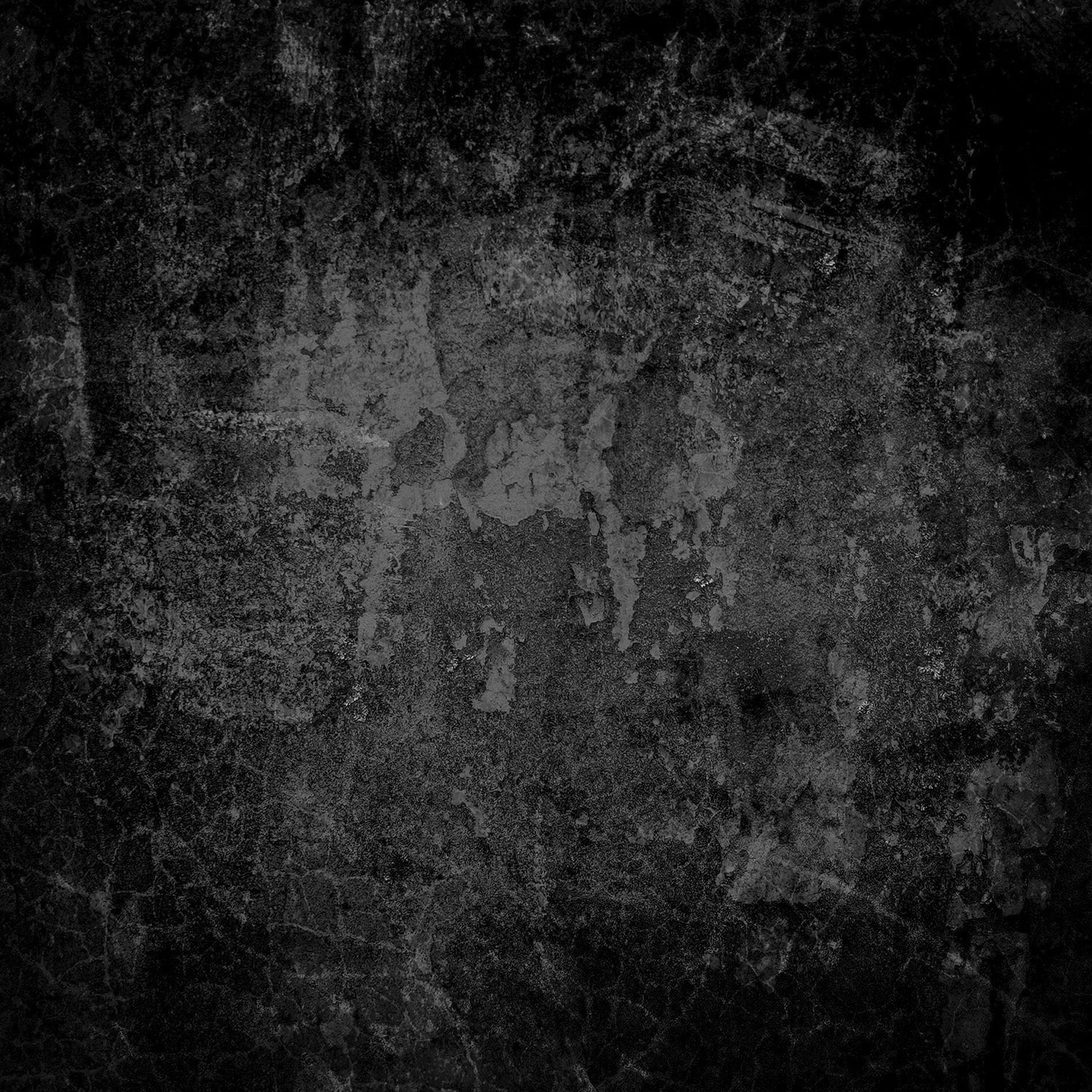

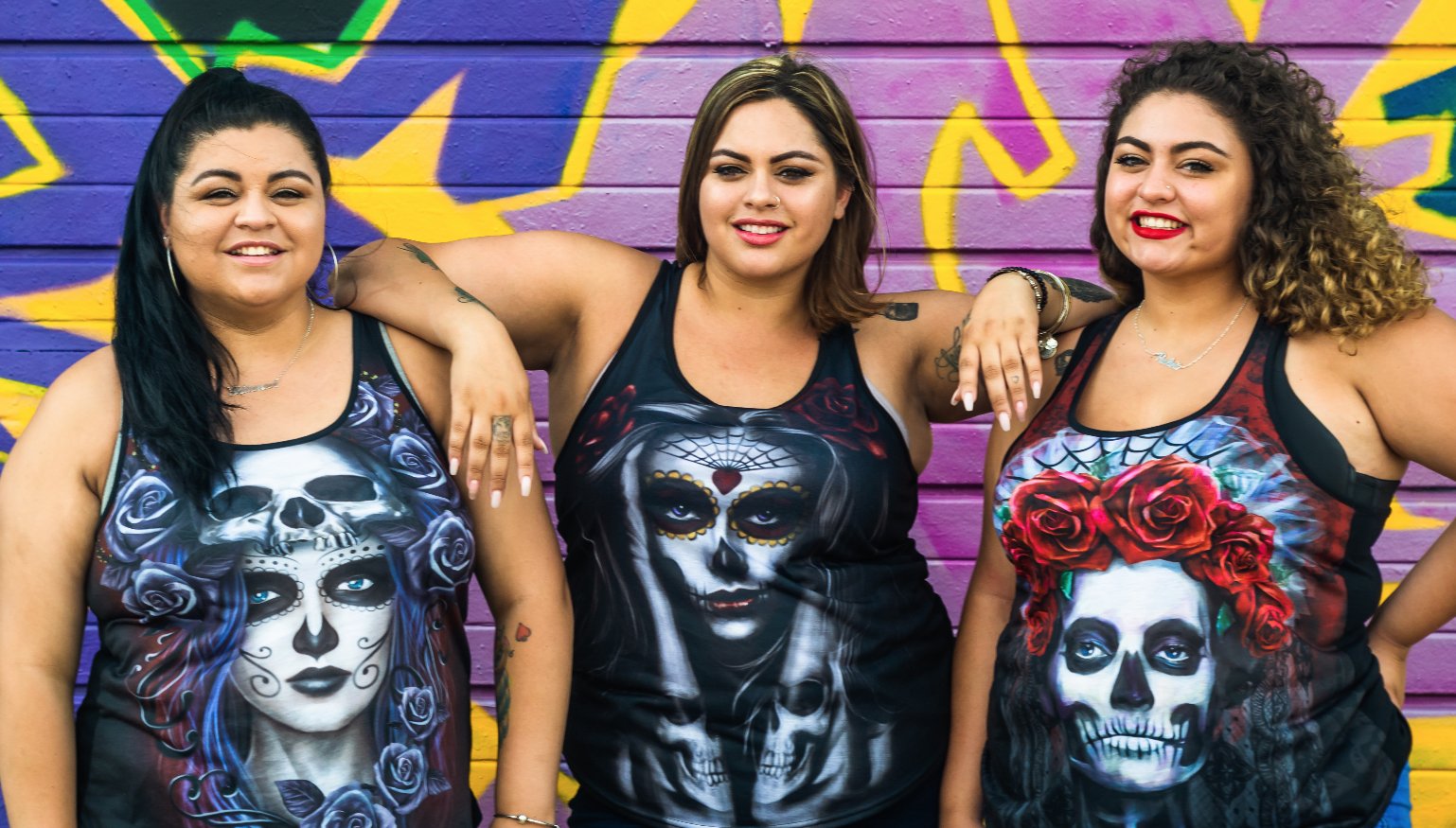


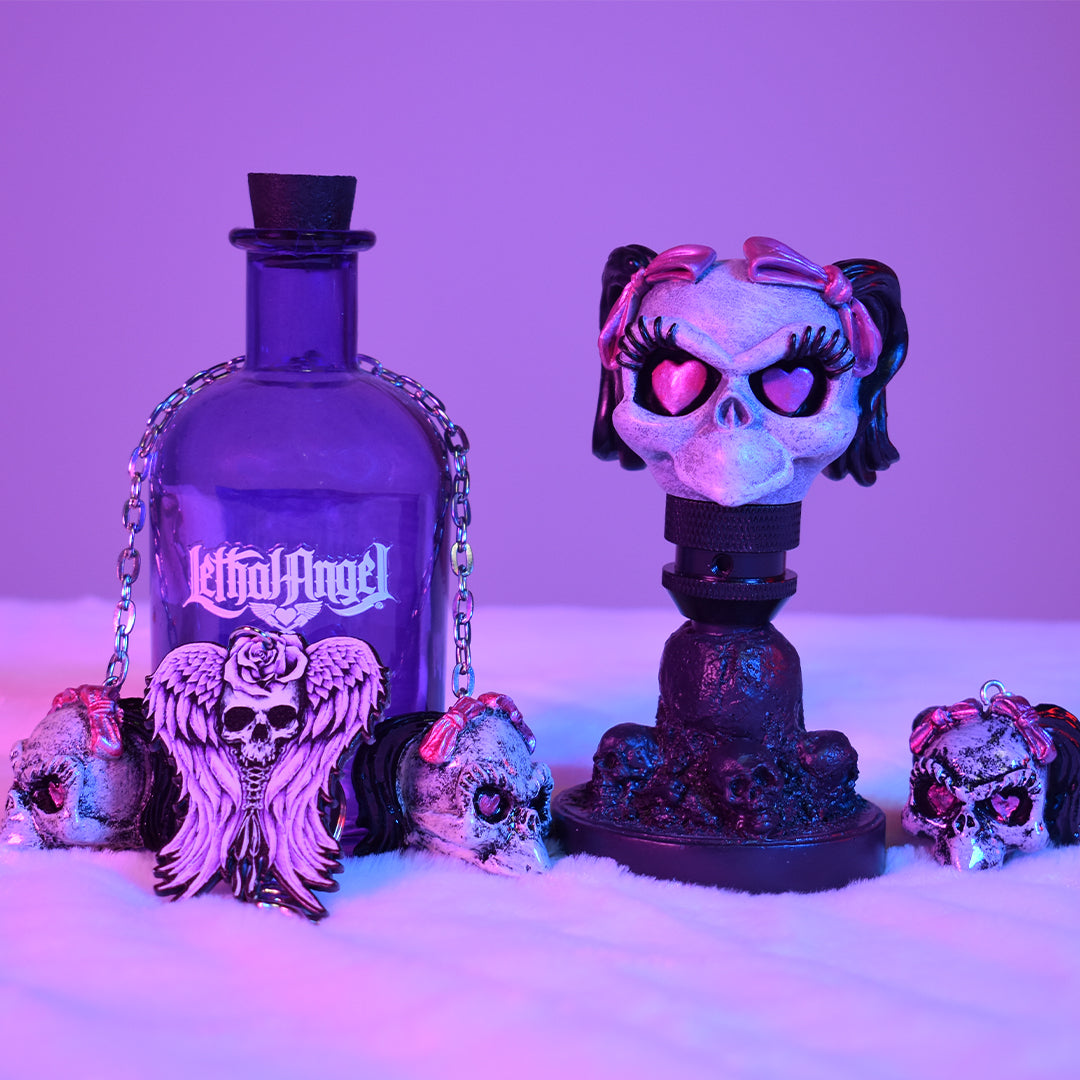


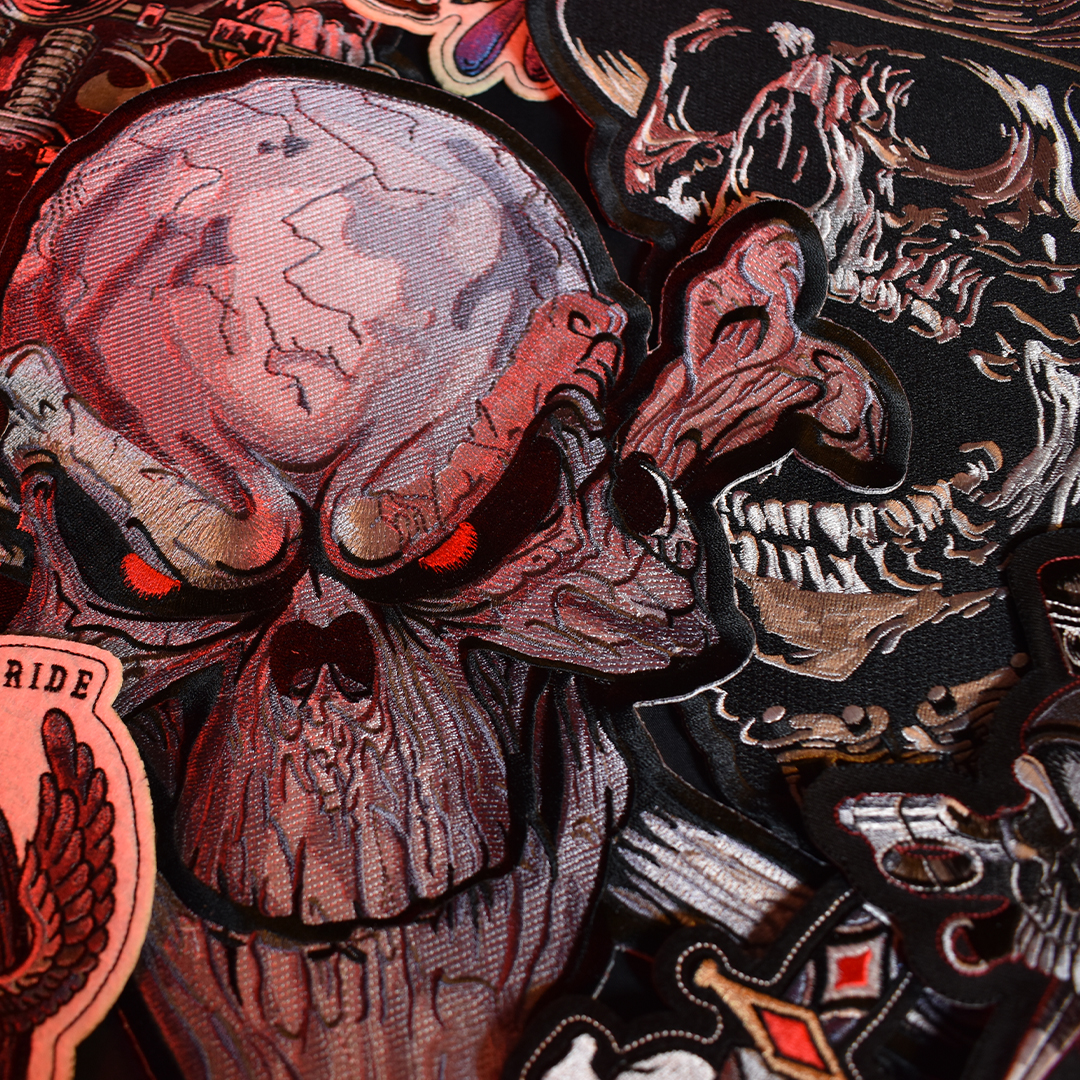
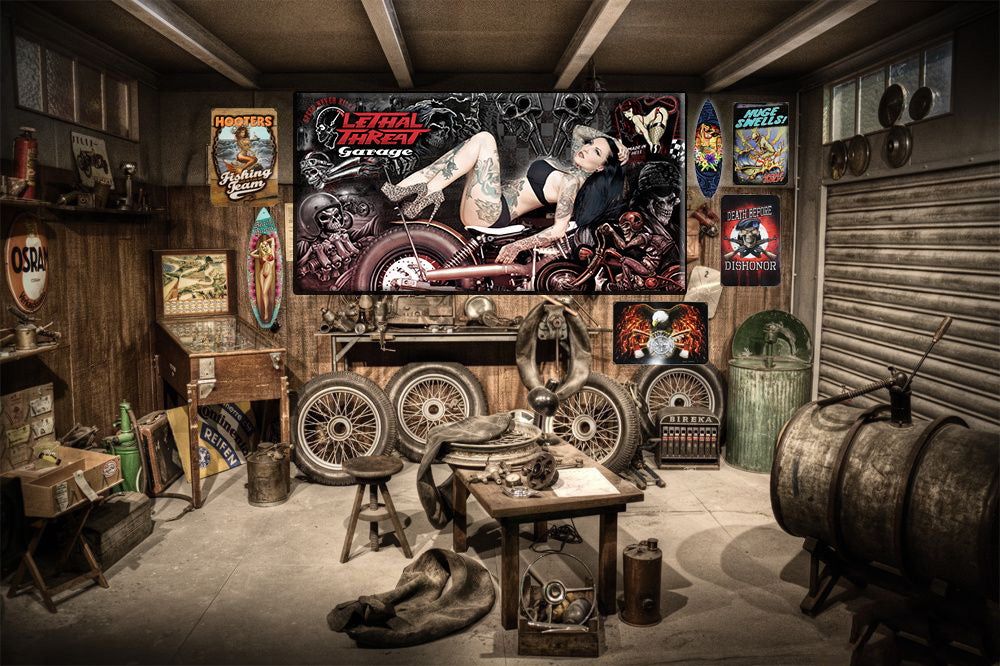

Leave a comment